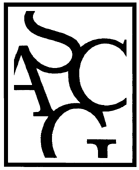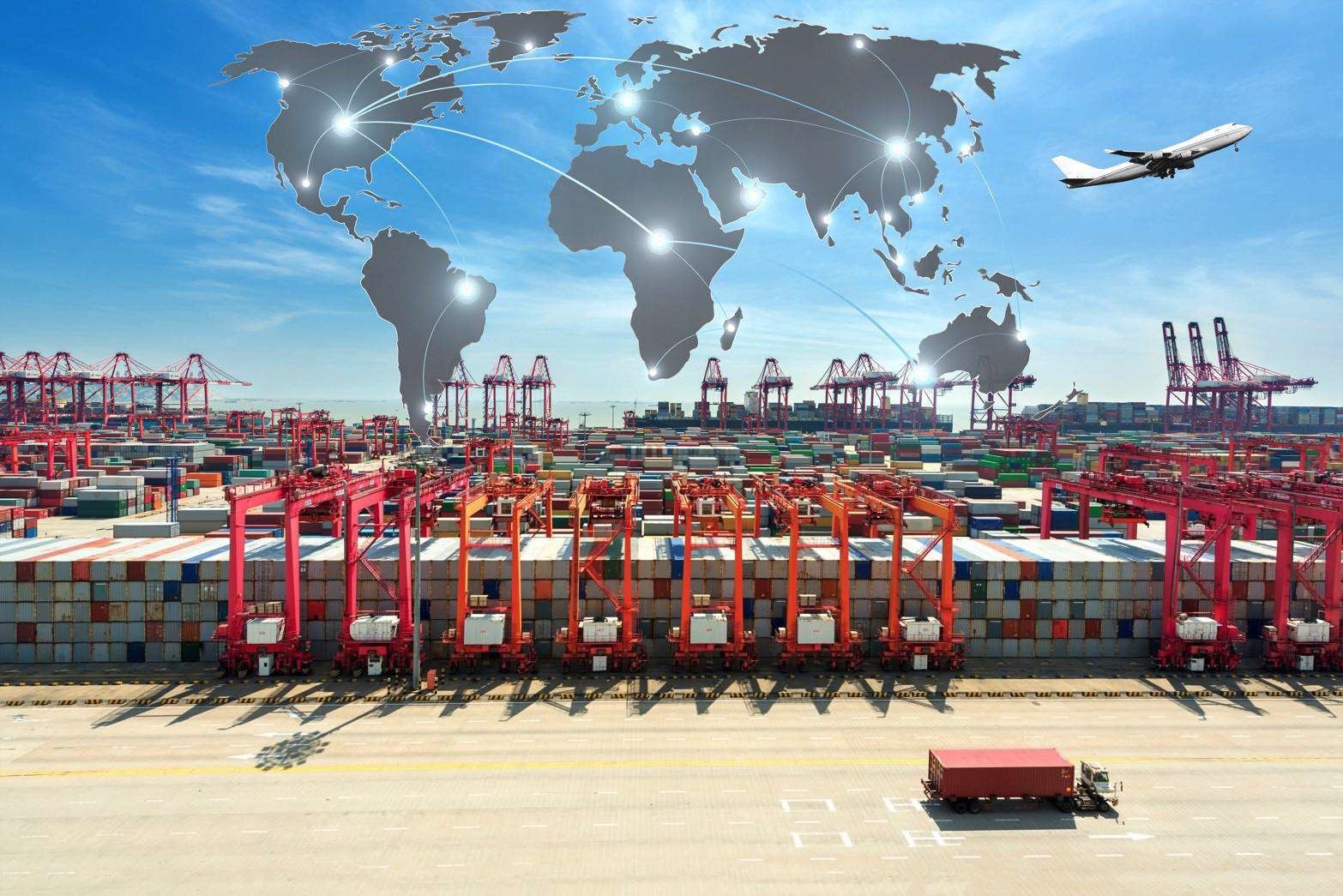EXECUTIVE SUMMARY
This threat assessment is drawn up in partnership between Europol and the European Union Intellectual Property Office (EUIPO) and is intended to update policymakers, law enforcement authorities and the public in general about the latest trends and the current impact of intellectual property crime within the EU. The report focuses on the counterfeiting and piracy affecting the EU and provides an assessment of the threat posed by this counterfeiting and piracy in several product sectors, as well as cross-cutting factors that influence or impact the criminal area. It builds upon two previously developed joint situation reports, published in 2015 and 2017.
Counterfeit and pirated goods could make up as much as 6.8 % of EU imports, amounting to EUR 121 billion. In recent years, this amount has significantly increased. The annual number of detentions of counterfeit goods by customs authorities in the EU has gradually decreased since 2013, even if the number of items seized and their estimated value has decreased at a lower pace, with a temporary recuperation in 2015 and 2016. This slightly decreasing trend hides a sustained increase in the effectiveness of the operations, as shown by the number of items seized and their value per case or per procedure. Most counterfeit items still come from China, although for some specific categories of products other countries are also significant.
Counterfeiters often use complex trade routes to transport their goods from the production country to the destination markets. Although shipment of counterfeit goods to the EU still occurs largely in bulk by freight transport, in recent years there has been a strong increase in express transport. This sharp growth in trade via small parcels is related to the growth in online marketplaces selling counterfeit goods. New land routes that have opened in recent years, in particular the growing number of rail connections between China and the EU, may provide counterfeiters with the possibility of diversifying their routes and transportation methods.
The advent of better technology has had a profound impact on the nature and extent of counterfeiting. Counterfeiters exploit existing and emerging platforms that have made it easier to advertise, sell and distribute counterfeit and pirated goods to a growing number of consumers. This increase in sales of counterfeit goods via online marketplaces is not new, but rather a continuing trend. In recent years, social media marketplaces especially have emerged as a key platform from which counterfeiters can access high numbers of consumers with a generally low risk of law enforcement detection. Trade in counterfeit and pirated goods on the darknet remains a relatively limited phenomenon.
Intellectual property crimes have considerable economic consequences, depriving legitimate businesses of revenue and governments of tax revenue. Besides economic harm, counterfeit goods can have a serious impact on the health and safety of consumers, as well as negative environmental consequences. In recent years, counterfeiting has affected an increasingly diverse number of goods. Besides the traditional luxury items, a wide range of everyday goods are targeted by counterfeiters. This includes cosmetics, electronic components, food and drinks, pesticides, pharmaceuticals, tobacco products, toys and vehicle parts.
Electronics are an increasingly counterfeited category of goods. Common examples of this are mobile phones and parts, especially chargers and computer equipment. These are often sold online and shipped directly from several Asian countries to consumers in the EU. In recent years there have also been a high number of detections of counterfeit semiconductors. As these goods are commonly used in the transport sector, but also in hospitals as part of surgical instruments, they pose considerable dangers to health and safety.
Food and drinks remain highly popular items for counterfeiters, with the EU consistently emerging as a major destination market for counterfeit food and drinks. Detected counterfeit food products include baby milk powder, stock cubes, cheese, coffee, olive oil and pasta. Several of these goods have been found in groceries and supermarkets, illustrating that they also infiltrate the legal supply chain. As the counterfeit goods are almost always of substandard quality and produced in unhygienic environments, they can pose a serious risk to the health and wellbeing of consumers. In some cases, counterfeit food has even been found to contain dangerous or hazardous ingredients. Law enforcement authorities regularly detect other types of counterfeit goods alongside counterfeit food and drinks, highlighting how organised crime groups are frequently involved in trading an ever wider range of different counterfeit goods. In general, there appears to be an overall professionalisation of the organised crime groups involved in food counterfeiting.
Besides food, counterfeit alcoholic beverages pose a considerable risk to EU consumers. Spirits and wine are especially popular goods targeted for counterfeiting by organised crime groups. They frequently place cheap wine in bottles containing fake expensive wine labels, sometimes even adding pure alcohol on counterfeit spirits. Production methods have become increasingly sophisticated in recent years, with some organised crime groups operating their own production lines, including the packaging and labelling of the product. Another method is to use legitimate production lines one day a week or month for the production of counterfeits.
Luxury products, clothes and accessories are traditionally among the most popular product categories for (and are still among the most commonly detected) counterfeit goods. This is primarily the result of a large number of small orders via the internet, which are subsequently shipped via postal or courier services. At the same time, there appears to be an increase in production of counterfeit clothes within the EU, with organised crime groups attaching counterfeit labels onto imported, unbranded clothing. In this way, they reduce the risk of detection during the shipping of the clothes.
As pesticides are one of the most regulated products in the world today, it is not surprising that a wide range of counterfeits are traded in the EU. A strong increase in seizures in recent years is indicative of the growth of the problem, and of the industry’s and the competent authorities’ awareness. These goods have not usually been tested and authorised by the authorities, and may contain less active or more toxic ingredients. They can destroy crops and fields and seriously affect the health of farmers and consumers. Organised crime groups involved in counterfeiting pesticides sell their products by placing false brand labels on the product or by using labels in non-EU languages, frequently abusing the parallel trade system. In a growing number of cases, they import only the component ingredients and subsequently produce the counterfeit pesticides within the EU.
Counterfeit pharmaceuticals pose a growing threat to the EU, affecting a large number of Member States. A wide and increasingly diverse range of medicines is targeted by counterfeiters. Erectile dysfunction medicines are traditionally among the most common type of counterfeited medicines, but increasingly counterfeited performance enhancing drugs, such as anabolic steroids and doping substances are also detected. Obviously, these pharmaceuticals can have serious effects on the health of consumers. The increased detection of counterfeit medicines for the treatment of serious illnesses, and the growing number of incidents affecting the legal supply chain, are particularly worrisome trends.
Organised crime groups might produce counterfeit pharmaceuticals in clandestine laboratories, import counterfeit medicines or sell illegally diverted medicines using falsified branding and packaging. In terms of production, medicines and packaging can be produced in one place, at separate sites, or even by separate organised crime groups. Some of the organised crime groups involved in producing counterfeit pharmaceuticals also produce different types of synthetic drugs. Counterfeiters are growing in sophistication, employing highly skilled workers and setting up their own production lines. A growing number of counterfeit pharmaceuticals are detected in small parcels, facilitated by a continuous expansion of unauthorised and unregulated online pharmacies.
The growth of the internet has given counterfeiters unique opportunities to get involved in piracy, selling and distributing unauthorised books, games, movies and music. This illegal digital content is distributed via BitTorrent portals and peer-to-peer networks, but increasingly also via cyberlockers. The owners of these platforms generate profit through digital advertisements, which often include mainstream adverts from major brands. In many cases, these websites are also used to target consumers with phishing attempts or for disseminating malware. In recent years, there has also been an increasing number of detections of the illegal use of Internet Protocol Television (IPTV) technology. In many of these cases, the servers are located in different countries to those where the subscriptions are sold, making it particularly complicated for law enforcement authorities to detect the criminals behind them.
The number of counterfeit tobacco products detected, mostly cigarettes, has been decreasing for 4 years in a row. Nonetheless, in 2017, cigarettes were still third place in the list of most commonly detected counterfeit goods. Whereas detections of imported counterfeit cigarettes showed a decrease, over the last few years, the production of counterfeit cigarettes in the EU has seen a considerable increase. These illicit factories are becoming increasingly sophisticated and modern, capable of producing up to 2 million cigarettes a day. Intense law enforcement activity in eastern European countries seems to have diversified the locations of illicit tobacco production sites in the EU. Although most of the counterfeit cigarettes are still sold on the street, there has been an increase in online trade and shipment via small parcels.
Finally, in recent years, the number of counterfeit vehicle parts detected has considerably increased. Counterfeiters produce a wide range of different car parts, including brake pads, airbags and filters. The increase in counterfeit car parts is driven by the growth in the online trade of these products. Most of these goods do not comply with recognised safety standards, which can result in potentially fatal failures of the vehicles. Besides car parts, counterfeited high-end road bikes and bicycle parts, such as helmets, have also been detected.
The market for counterfeit goods remains highly profitable, providing criminals with opportunities to generate huge profits while running few risks. Most criminal activity involving counterfeiting is undoubtedly performed by organised crime groups and there appears to be an overall professionalisation of these groups. An increasingly wide array of different counterfeit and pirated goods are available on the EU market, ranging from luxury goods to mundane, everyday items. Besides economic damage, many of these items can pose a serious threat to the environment and the health and safety of consumers, thus providing a clear demonstration of the need for strong efforts to tackle this criminal activity.




